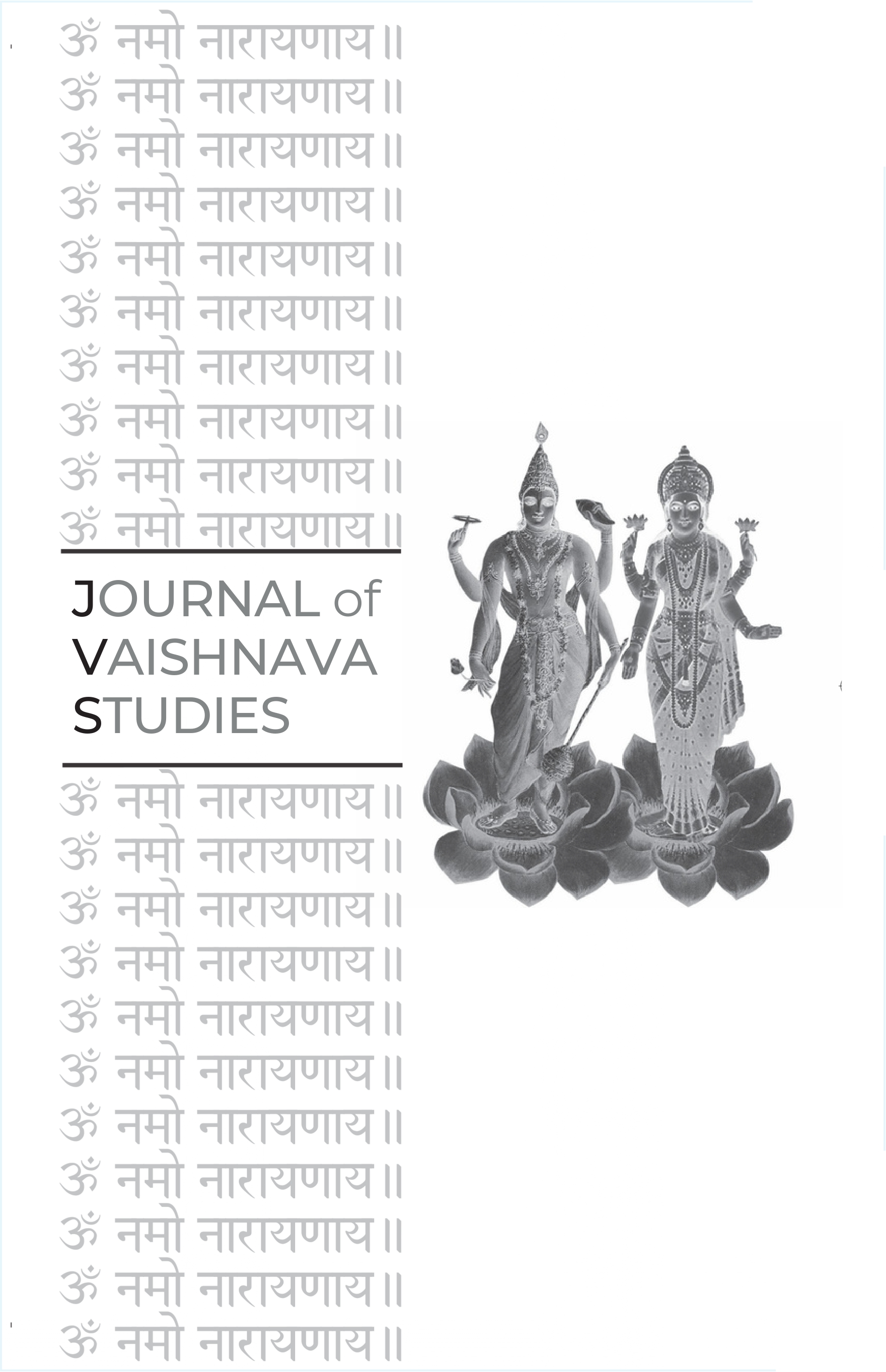Bede Griffiths and the Gītā
Keywords:
Bede Griffiths, Bhagavad Gītā, Christian–Hindu dialogue, Shantivanam, karma-yoga, spiritual integration, contemplative theology, comparative mysticism, interreligious encounterAbstract
Thomas A. Forsthoefel’s "Bede Griffiths and the Gītā" examines how Benedictine monk and Christian yogi Bede Griffiths engaged with the Bhagavad Gītā as part of his larger project of East–West spiritual integration. The article explores Griffiths’ life at Shantivanam Ashram in South India, where he sought to incarnate Christian monasticism in a Hindu context. Forsthoefel highlights how the Gītā—especially its teachings on renunciation, action without attachment (karma-yoga), and the presence of the divine in all beings—provided a powerful scriptural parallel to Griffiths’ own theological commitments, including self-surrender, Christ-consciousness, and Trinitarian mysticism. Drawing from Griffiths’ writings and commentaries, the article underscores his hermeneutical method: reading the Gītā not simply as an exotic artifact, but as a living word capable of deepening Christian insight and practice. Forsthoefel situates Griffiths within the lineage of comparative theology and spiritual hospitality, showing how the Gītā became a bridge for dialogue, transformation, and contemplative embodiment across traditions.Published
2007-12-13
Issue
Section
Articles





